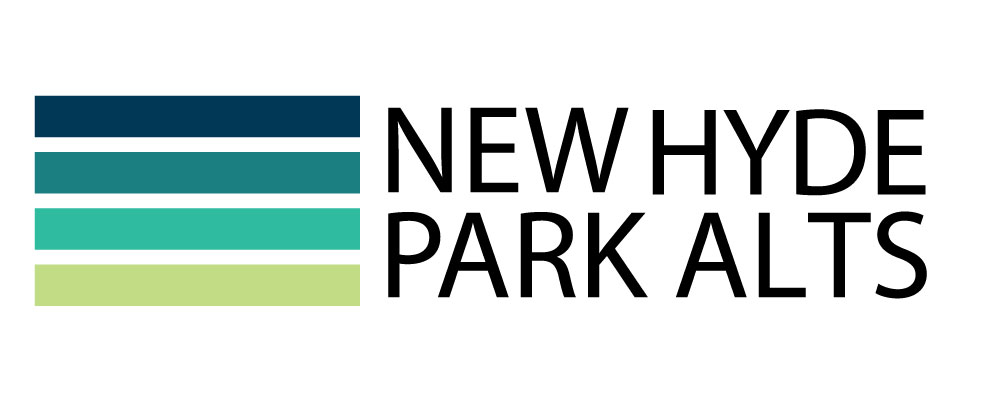Volt Capital Management AB is based in Stockholm, Sweden, and was founded in 2016. The four partners have extensive experience and knowledge in portfolio management and modeling fundamental and macro strategies. The partners—Dr. Patrik Safvenblad, Jukka Harju, Tommi Lindeman, and David Bergquist—combine their experience to create an institutional level company.
Contrasting the confining structures that sometimes are present in large organizations, Volt delivers results with flexibility. Very large trading programs may static and lose their ability to perform in changing or turbulent markets. During a time of such volatility, investors should be looking for a company that takes advantage of the constantly rising and falling markets. Volt’s ability to produce in these volatile times illustrates their program may provide growth and protection.
Volt’s approach relies on flexibility to help succeed during these volatile markets. Safvenblad speaks of his past experience with other macro funds, “My team was really good at coming up with good initial ideas, but we found it very difficult to change our mind when the world was changing.” At Volt, the decisions of analyzing, allocating and executing are done with experienced oversight but the program remains nimble and able to adapt to market changes. The partners use their knowledge and experience to allow their machine learning technology to work, especially in volatile markets.
Volt has had a productive year, up 34.73% through November, a result that they attribute to a system built to capture returns also in periods that are difficult for equity markets. In 2020, commodity markets were particularly profitable for Volt, with additional returns from FX and Fixed Income.
Dr. Patrik Safvenblad, Volt’s Chief Investment Officer, says his company relies on machine learning to make allocation and trade decisions. However, they acknowledge that most machine learning techniques result in overly concentrated positions, so they built their own framework to provide a balanced portfolio for investors.
Safvenblad describes their success saying, “We actually made more than one percent in 16 separate markets,” he continues, “so year-to-date we’re profitable in five out of six sectors, and we have been profitable in 50 out of 70 markets.”
Success During Turbulent Times
The balanced approach allows for Volt to not only endure turbulent times in the market, but thrive, which has helped their growth in 2020. Tommi Lindeman, Head of Business Development, says, “Volt is set up to provide truly uncorrelated returns to investors, especially during turbulent equity markets.”
Safvenblad states, “We’ve made money when the world is changing.” This year has provided a lot of change from the coronavirus pandemic and the subsequent stimulus period. “We managed to capture money in both of these periods. In the future, we are confident that our underlying signals can capture returns, even without these big global changes,” Safvenblad continues, “We do have the ability to potentially make money in individual markets across the board.”
With the global coronavirus pandemic, the markets were stressed, attempting to interpret the unstable environment. Volatile markets ensued as the pandemic raged on throughout the year. The S&P was down 19.04% in Q1 as commodities like cattle, crude oil, and copper fell.
Volt was up 22.58% in Q1.
Glass-Box Approach
Machine learning is a form of Artificial Intelligence that uses algorithms to allocate capital to models, build target positions and execute trades. While many investors think of machine learning as a “black box” Volt offers a “glass box approach.” Volt’s glass box approach provides transparency throughout and allows for systematic oversight throughout the entire trading process.
Volt’s machine learning is set up with a glass box approach that provides transparency of decision making for the portfolio managers and the clients. This allows for both sides to view the transactions being made, so there are no secrets being kept within the Artificial Intelligence program.
While it is not common for the portfolio managers to interrupt the machine learning technology, Safvenblad explains the capabilities of the glass box, “portfolio managers can verify exactly where the trades come from and if something looks strange, possibly react to it.”
The glass box approach provides transparency for the clients interested in seeing where the position comes from. Volt’s machine learning approach is unique because of the transparency they provide to their clients. Lindeman adds, “the client or investor understands what’s happening in the program and this framework allows us to be transparent to the investors.”
Fundamental Data and Risk Management
Volt addresses the market with a twofold approach to produce uncorrelated returns for their investors. Lindeman says that they focus on using fundamental information combined with “disciplined risk management.”
Lindeman explained that stress events actually benefit Volt’s strategy. He says, “That’s exactly when markets move toward fundamentals. The stress events that often hurt equity markets are at the same time providing opportunities for us, often outside equity markets, for example in commodities.”
Risk management has benefitted Volt in its protection of the potential downside of trades. In what Safvenblad called “the year of risk management,” protecting and limiting losses has proven to be vital for the company as it allowed risk to be reallocated to more profitable positions.
Continued Growth
Safvenblad says Volt expects to continue growing with “the intention of creating an institutional product with substantial capacity. The program today has a capacity of at least $1.5 billion and the machine learning program is built to expand.
Lindeman is focused on the fundamentals for the future. He says, “Fundamentals have been the driving factor for the first three years. We believe the fundamentals are going to continue to matter, and that our models are going to capture those movements.”
###
This material is not intended to be investment advice, nor is it a solicitation of any offer to invest. Any such solicitation will be made by an offering memorandum. The information is for illustrative purposes only as it highlights recent market events. 3317-GAF-02172021

